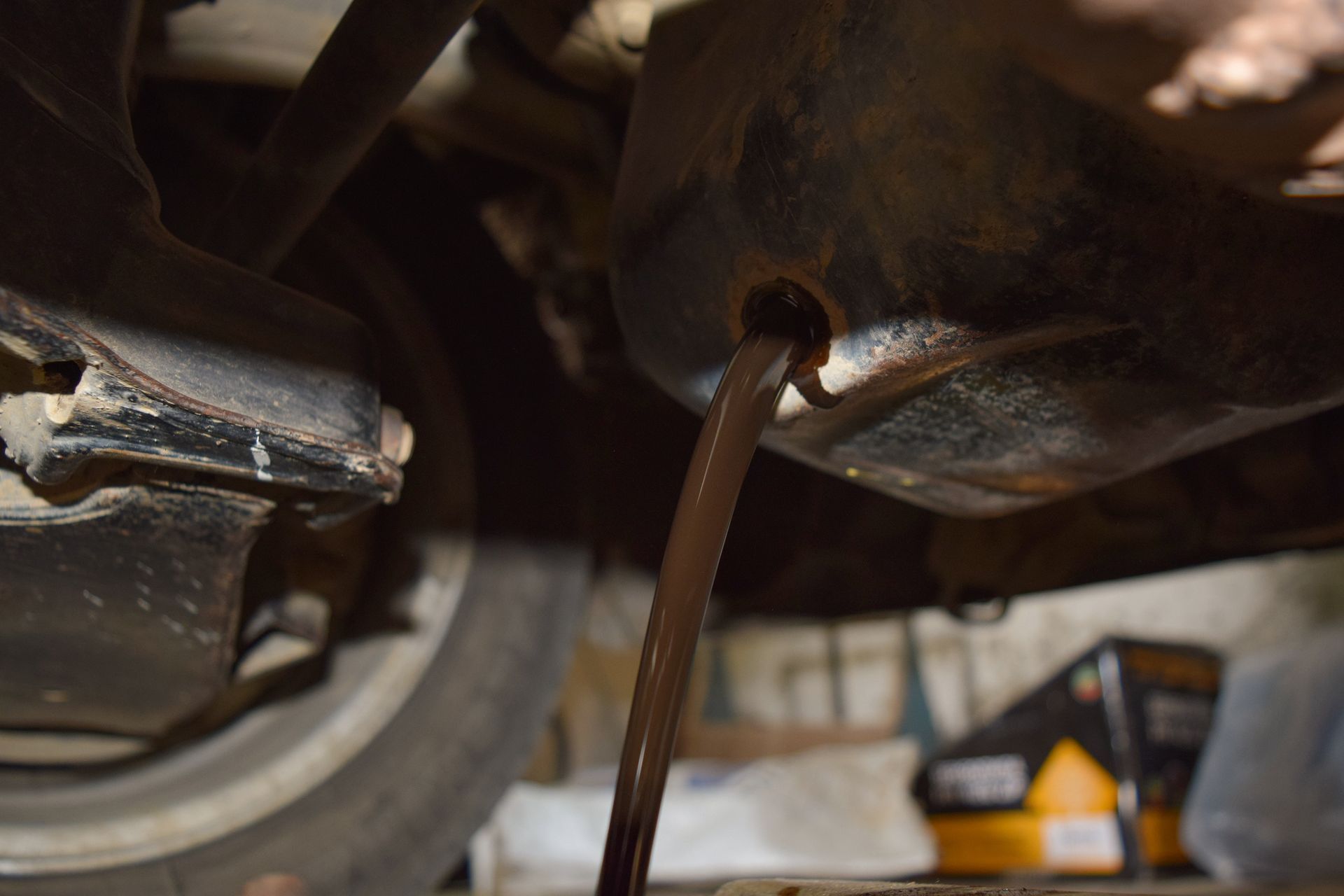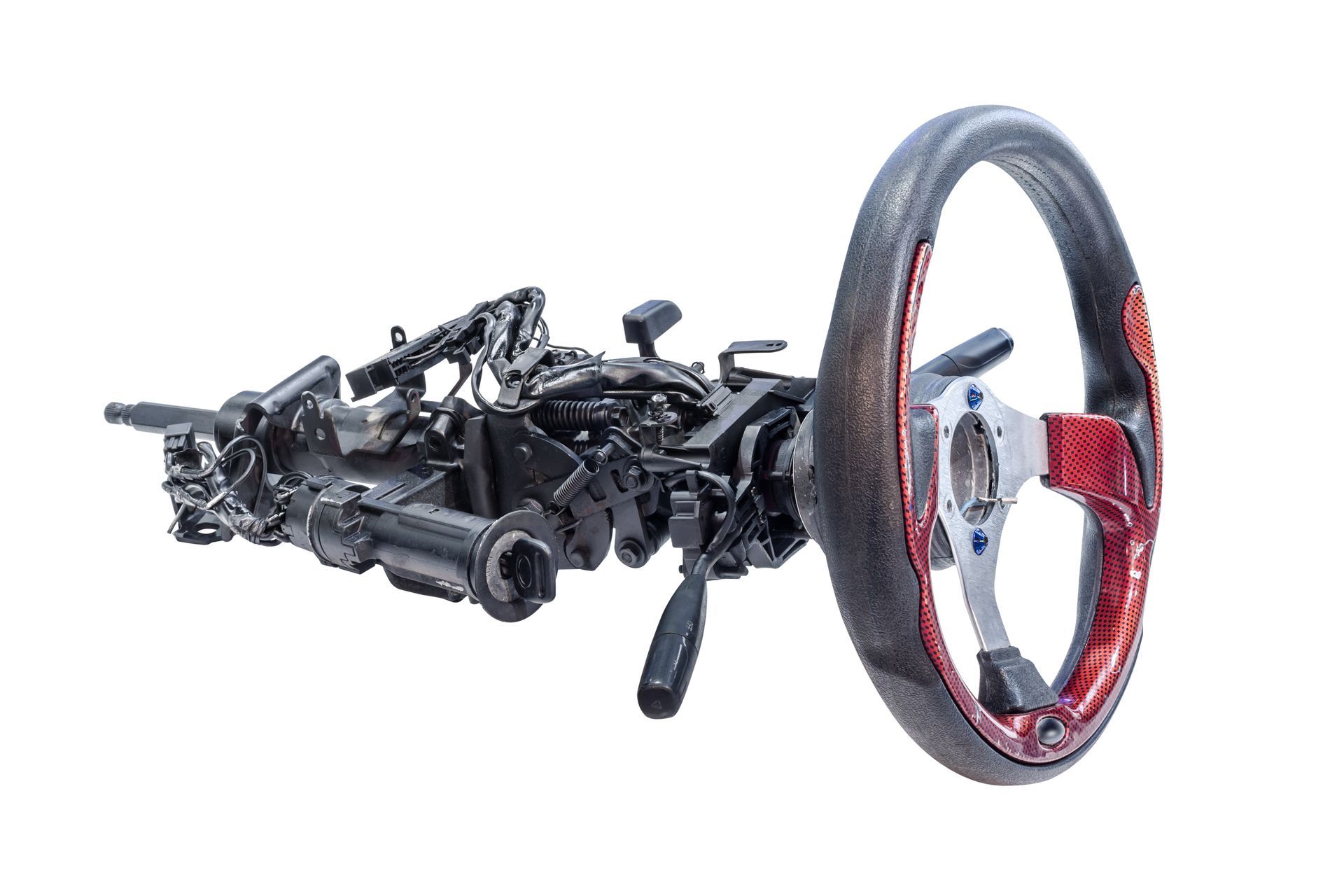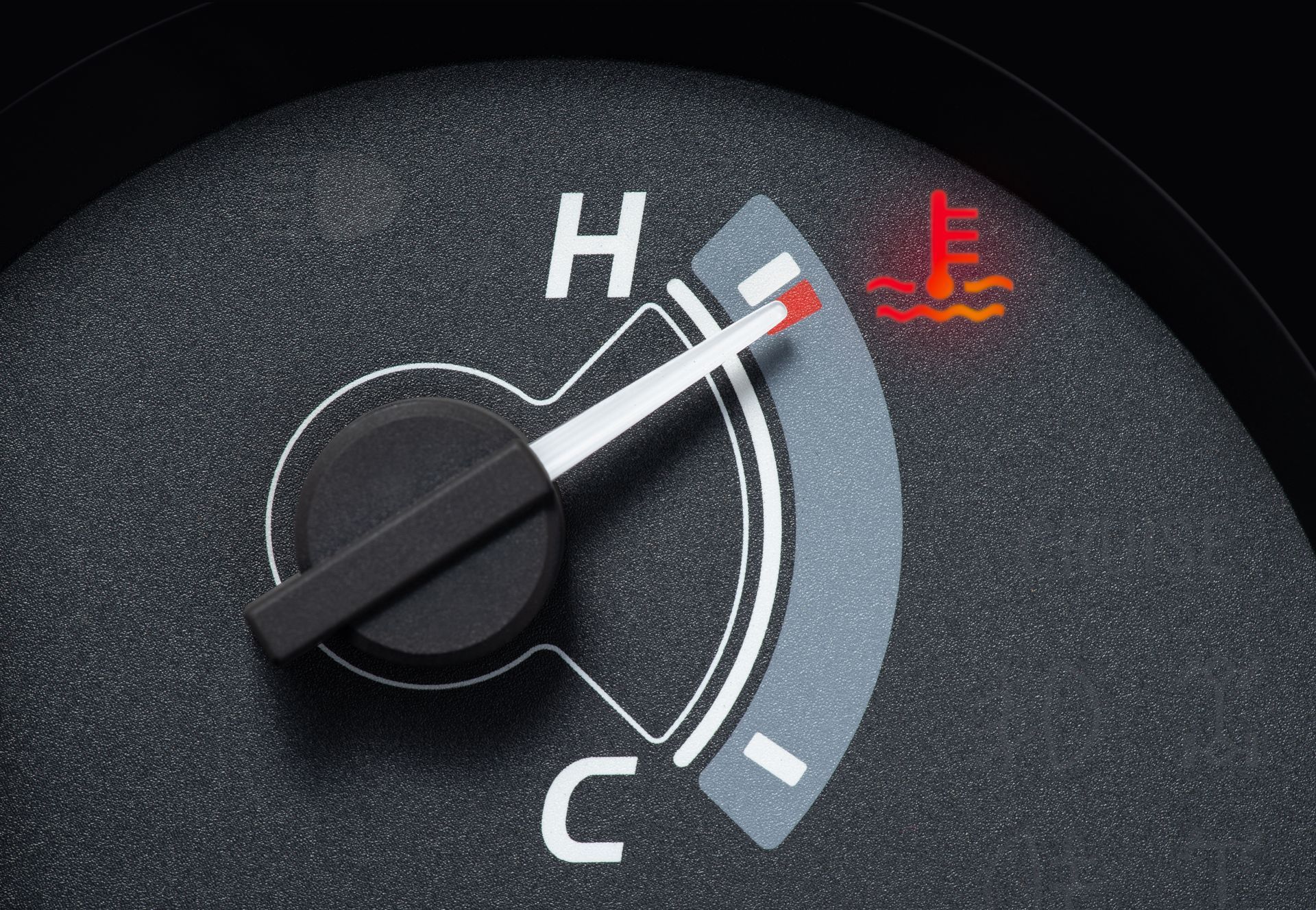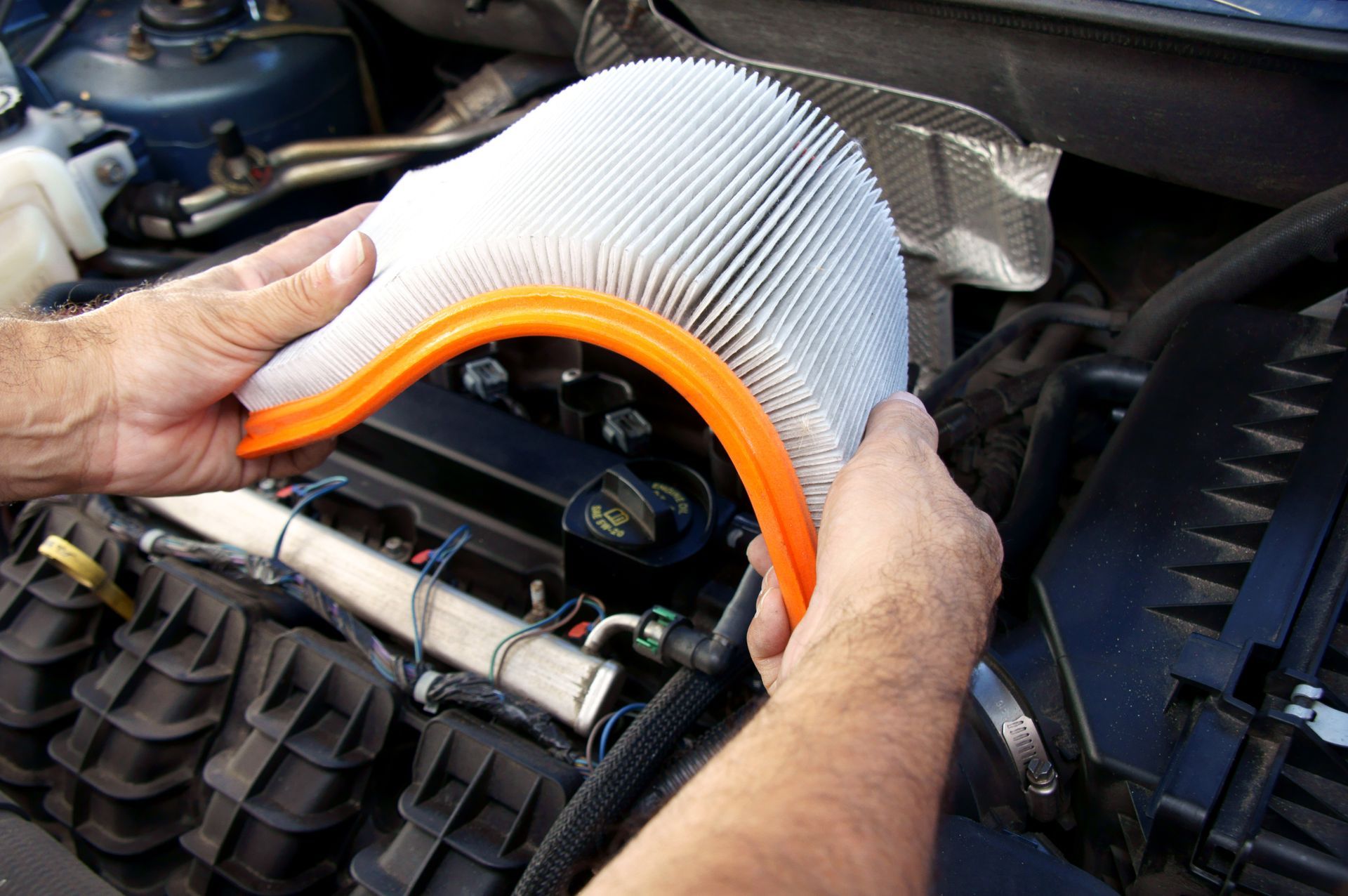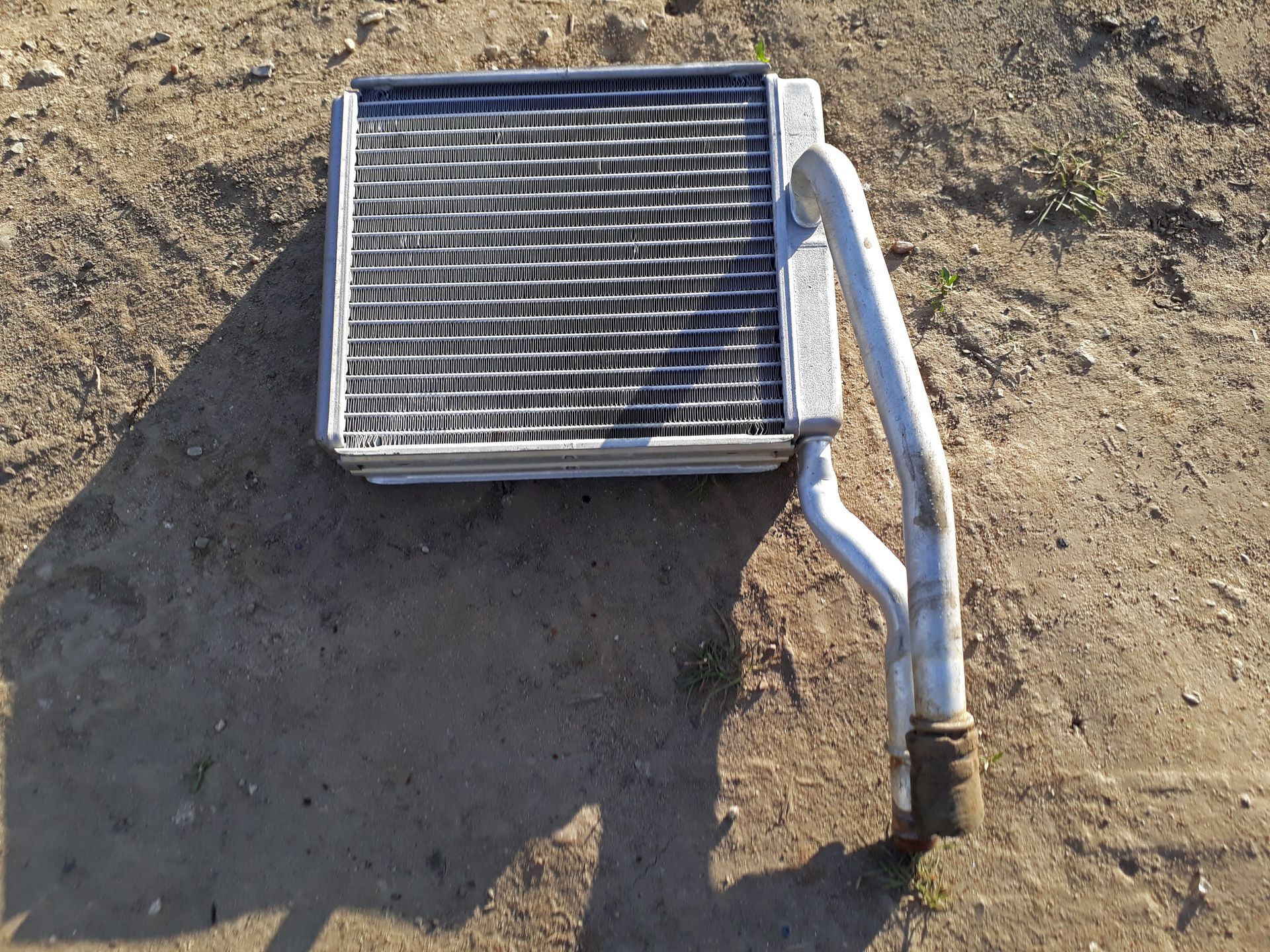Your car’s timing belt might not be the most glamorous part under the hood, but it plays one of the most crucial roles in your engine’s performance and longevity. The timing belt synchronizes the rotation of the crankshaft and camshaft, ensuring that the engine’s valves open and close at the right times. If it fails, it can lead to catastrophic engine damage and expensive repairs. Knowing the warning signs of a worn timing belt can save you from unexpected breakdowns and major headaches.
1. Ticking or Clicking Noise from the Engine
A ticking or clicking noise coming from the front of the engine is one of the first signs that your timing belt may be wearing out. This noise occurs when the belt becomes loose or when the tensioner and pulleys start to fail.
Since the timing belt controls important moving parts inside the engine, any slack or misalignment can create unusual sounds. Ignoring this early sign can lead to complete belt failure, which can cause major engine damage.
2. Engine Misfires or Runs Roughly
The timing belt helps keep the camshaft and crankshaft in perfect sync. When the belt starts to slip or wear out, the timing of the engine can become off, leading to misfires or rough idling.
You might notice the engine feels shaky when running or has difficulty maintaining a consistent RPM. In more severe cases, the engine may stall or fail to start altogether. These symptoms shouldn’t be ignored, as they can indicate that the belt is close to failing completely.
3. Visible Wear or Damage
While it can be challenging to inspect the timing belt yourself (since it's usually covered), technicians can check it during routine maintenance. Signs of wear include cracks, fraying edges, glazing, or missing teeth.
If any of these conditions are present, replacing the belt immediately is essential to prevent sudden breakage. Regular inspections help catch these signs early and avoid unexpected breakdowns on the road.
4. Oil Leaks from the Front of the Engine
A leaking timing belt cover can allow oil to seep out, which not only reduces oil levels but can also deteriorate the belt material. Oil contamination weakens the belt’s fibers, increasing the risk of slipping or breaking.
If you notice oil pooling under your car or dripping from the front of the engine, it’s worth having your timing components checked along with the seals and gaskets.
Why Timely Replacement Matters
Most manufacturers recommend replacing the timing belt between 60,000 and 100,000 miles, depending on the vehicle. Unlike other parts that gradually degrade, a timing belt often fails suddenly and without much warning beyond these signs.
In interference engines, a broken timing belt can cause pistons and valves to collide, resulting in bent valves, damaged pistons, and, in some cases, a destroyed engine. This is why proactive replacement is so important.
Additional Benefits of Replacing the Timing Belt
We recommend replacing related components like the water pump, tensioner, and pulleys at the same time as the timing belt. Since these parts are all located in the same area and share labor costs, doing them together can save money and reduce future risks.
Stay Ahead of Timing Belt Issues with Severson Auto Service in Rochester, MN
Your timing belt is vital to your engine’s health, and catching problems early can save you from significant repair bills and unexpected breakdowns. At Severson Auto Service in Rochester, MN, our expert technicians can inspect, maintain, and replace your timing belt and related components to keep your vehicle running smoothly. Whether you’re hearing unusual noises, noticing leaks, or approaching your recommended replacement mileage, we’re here to help.
Schedule your timing belt service today and drive with confidence knowing your engine is protected.


